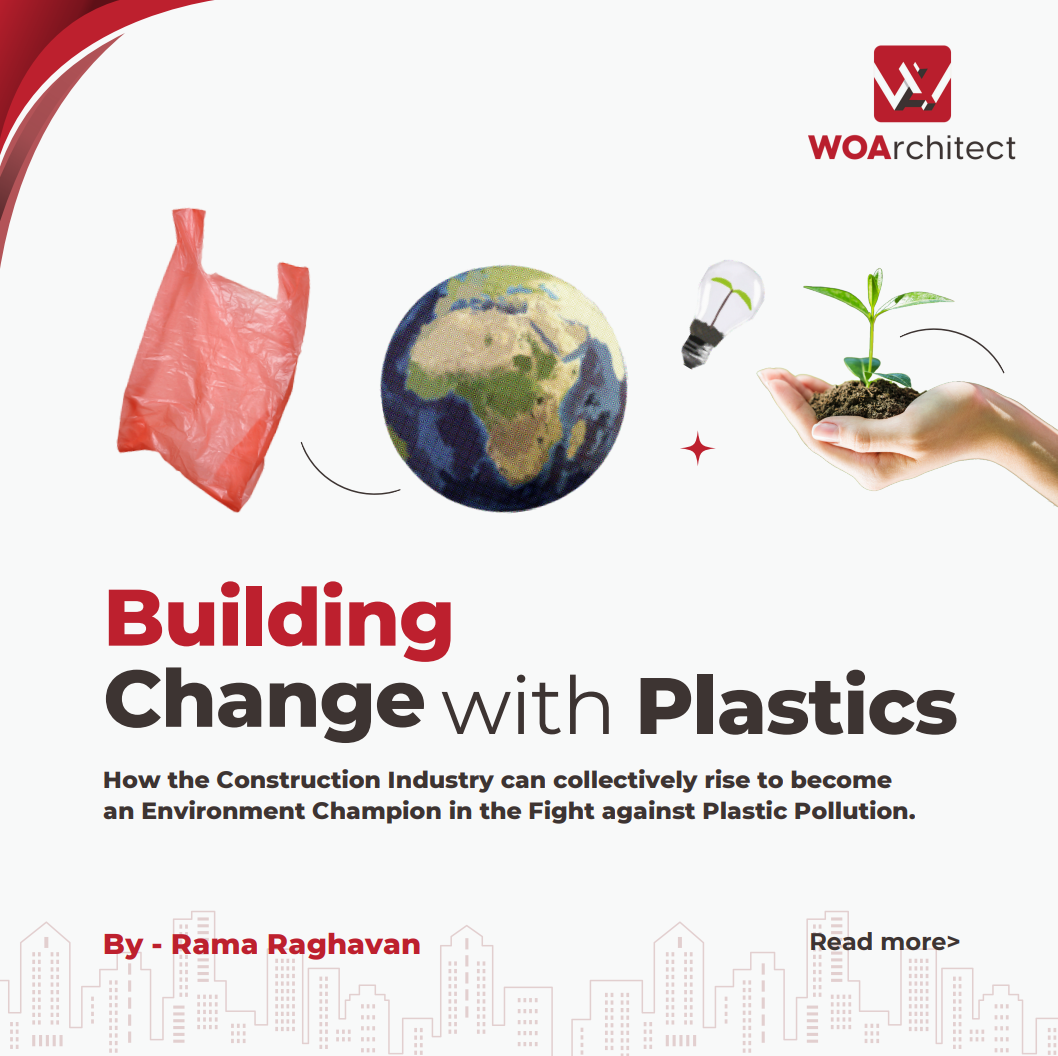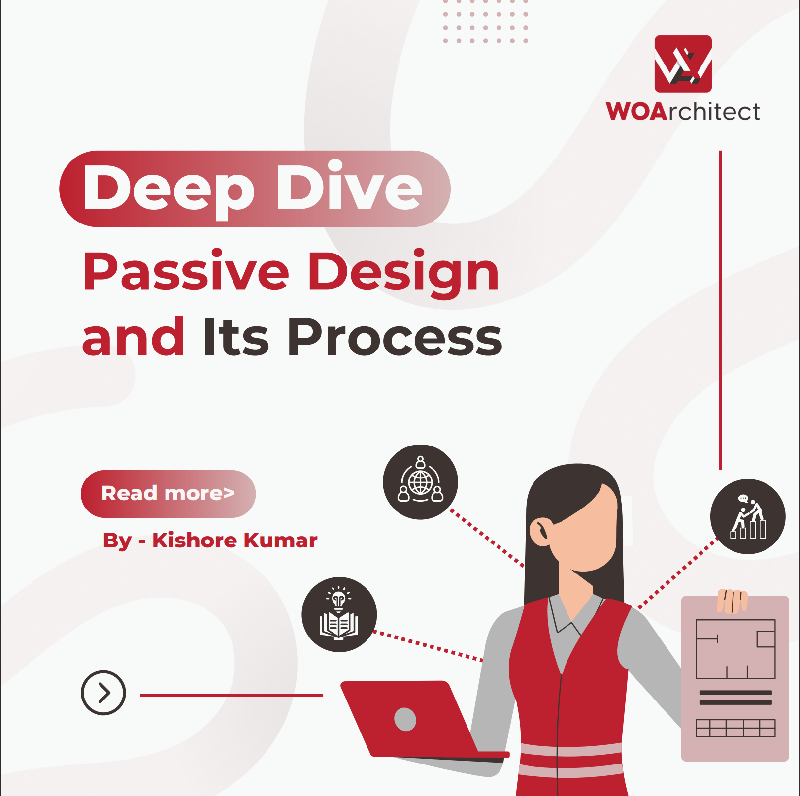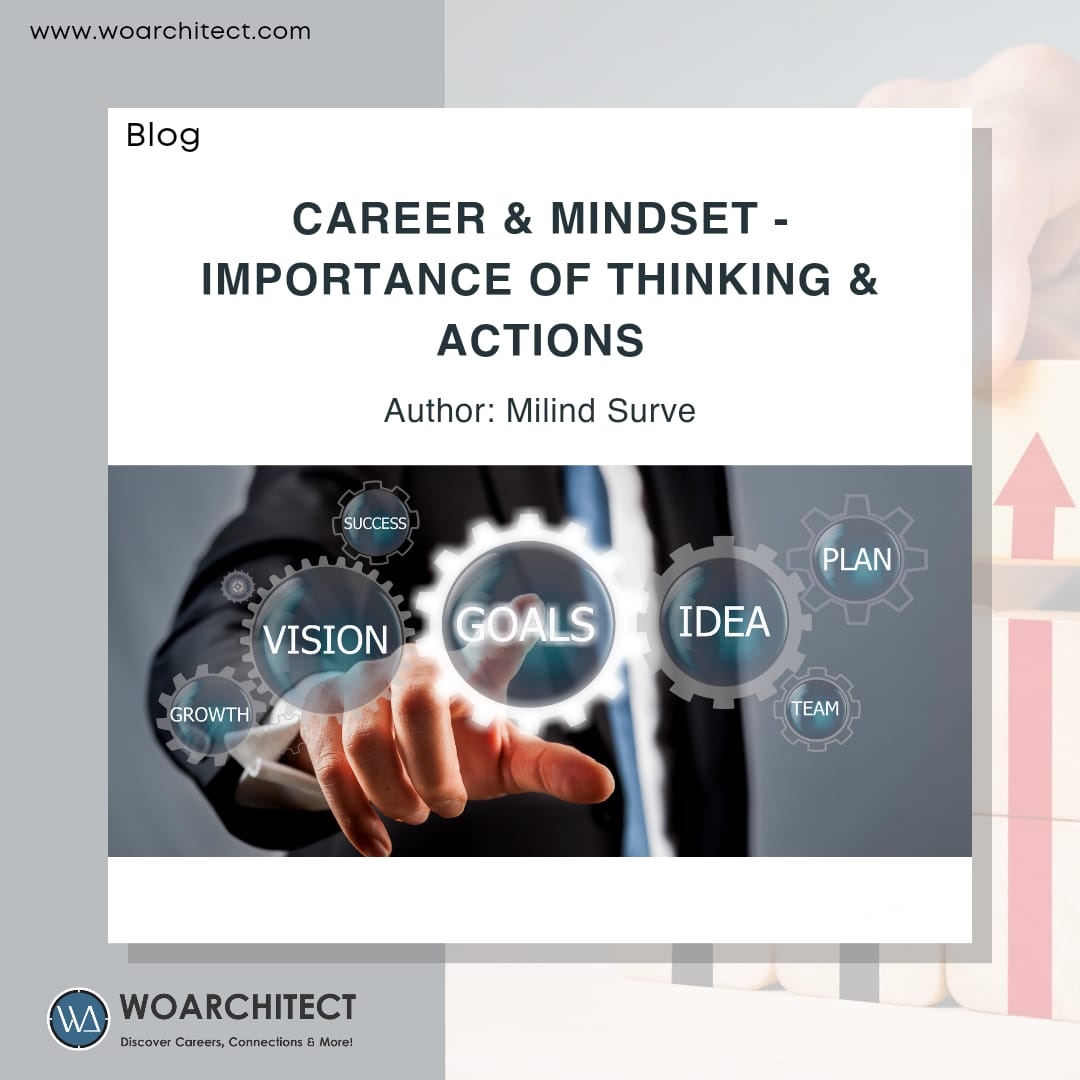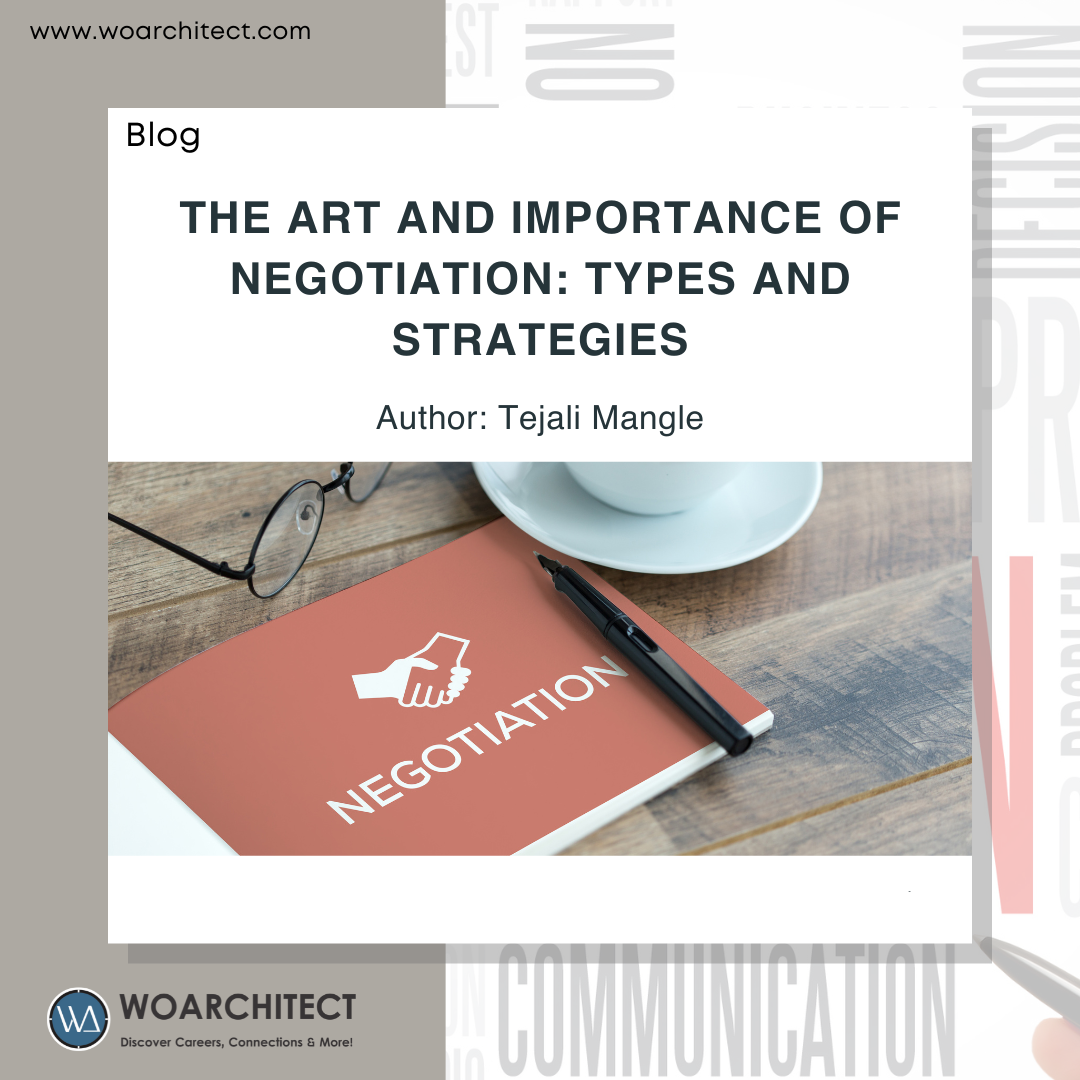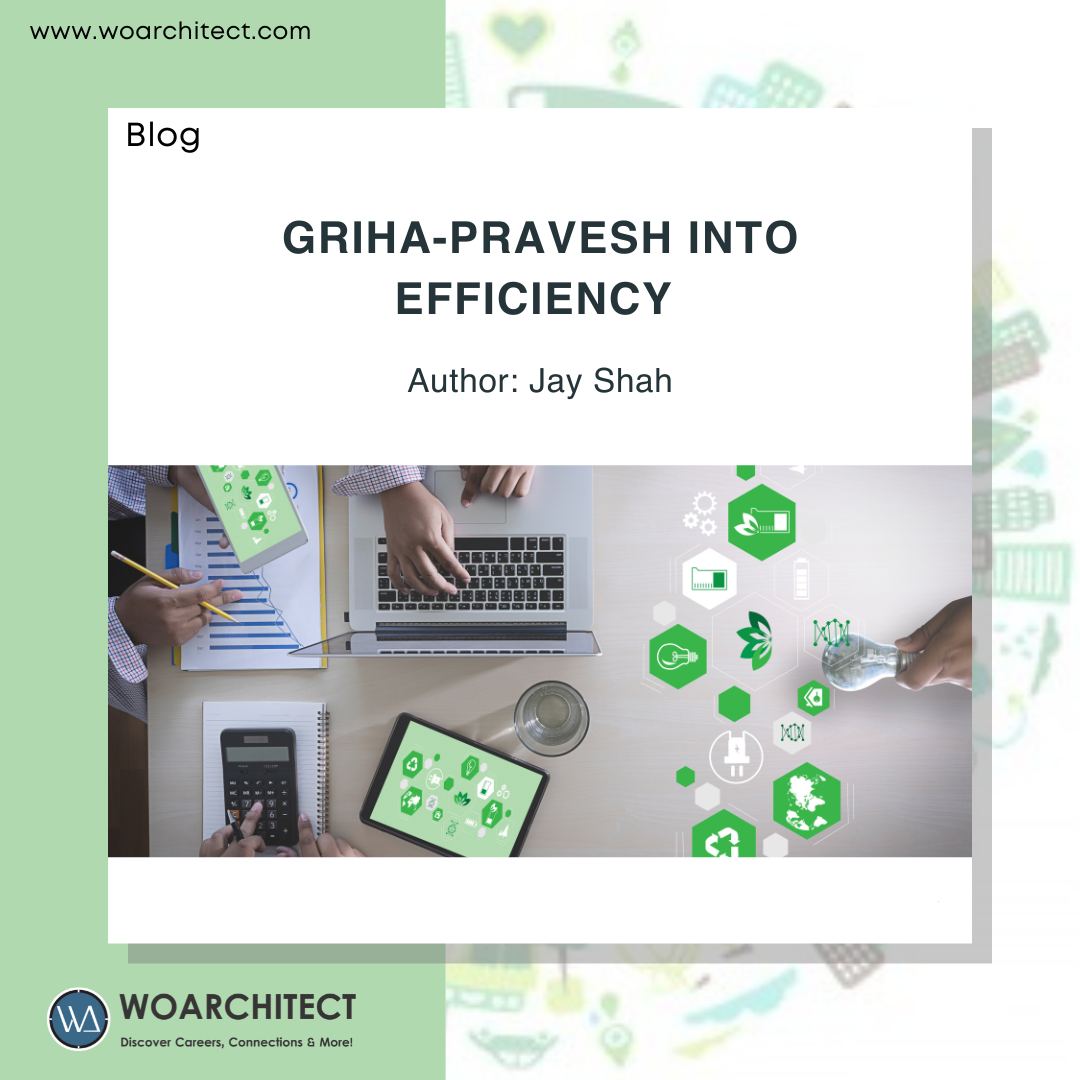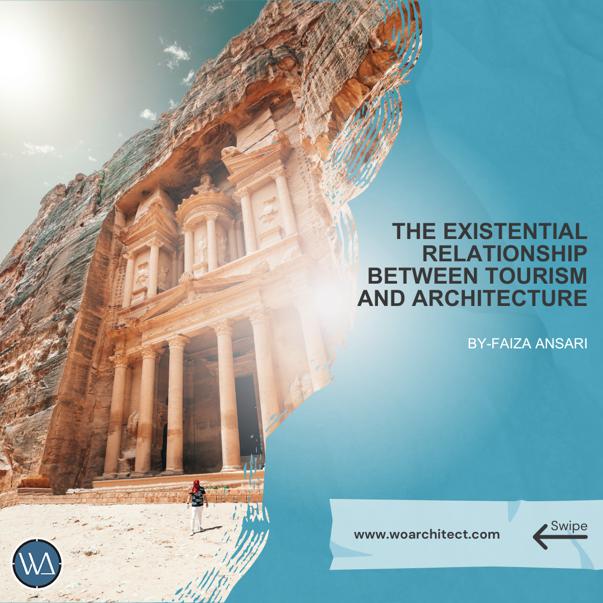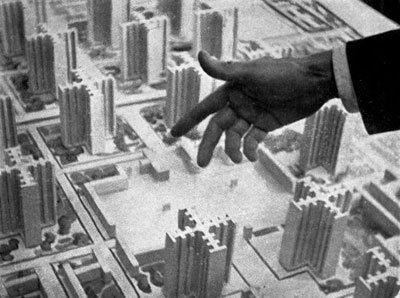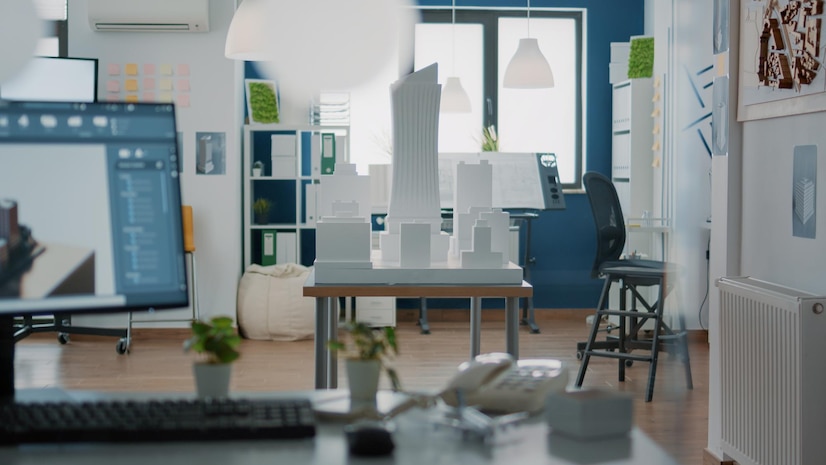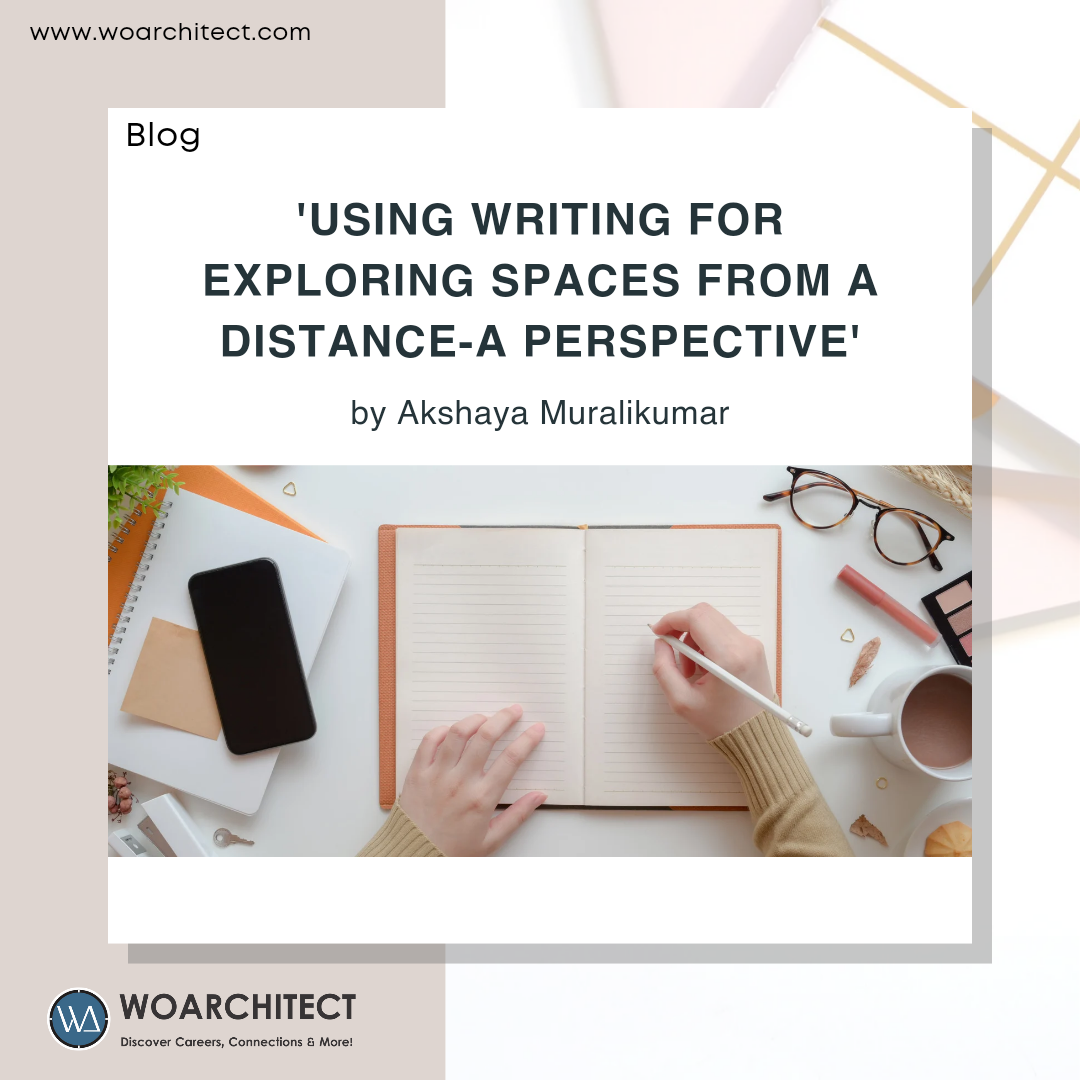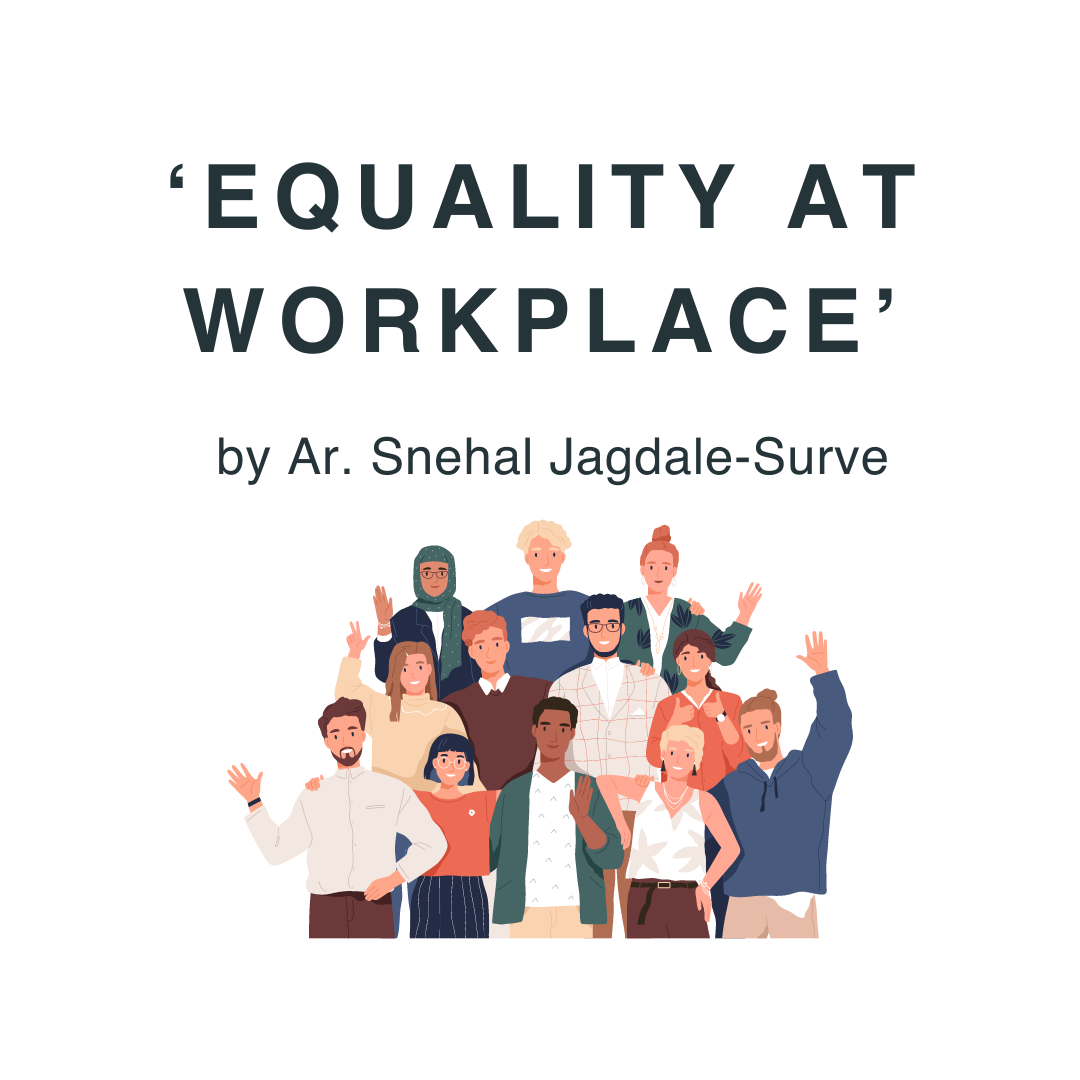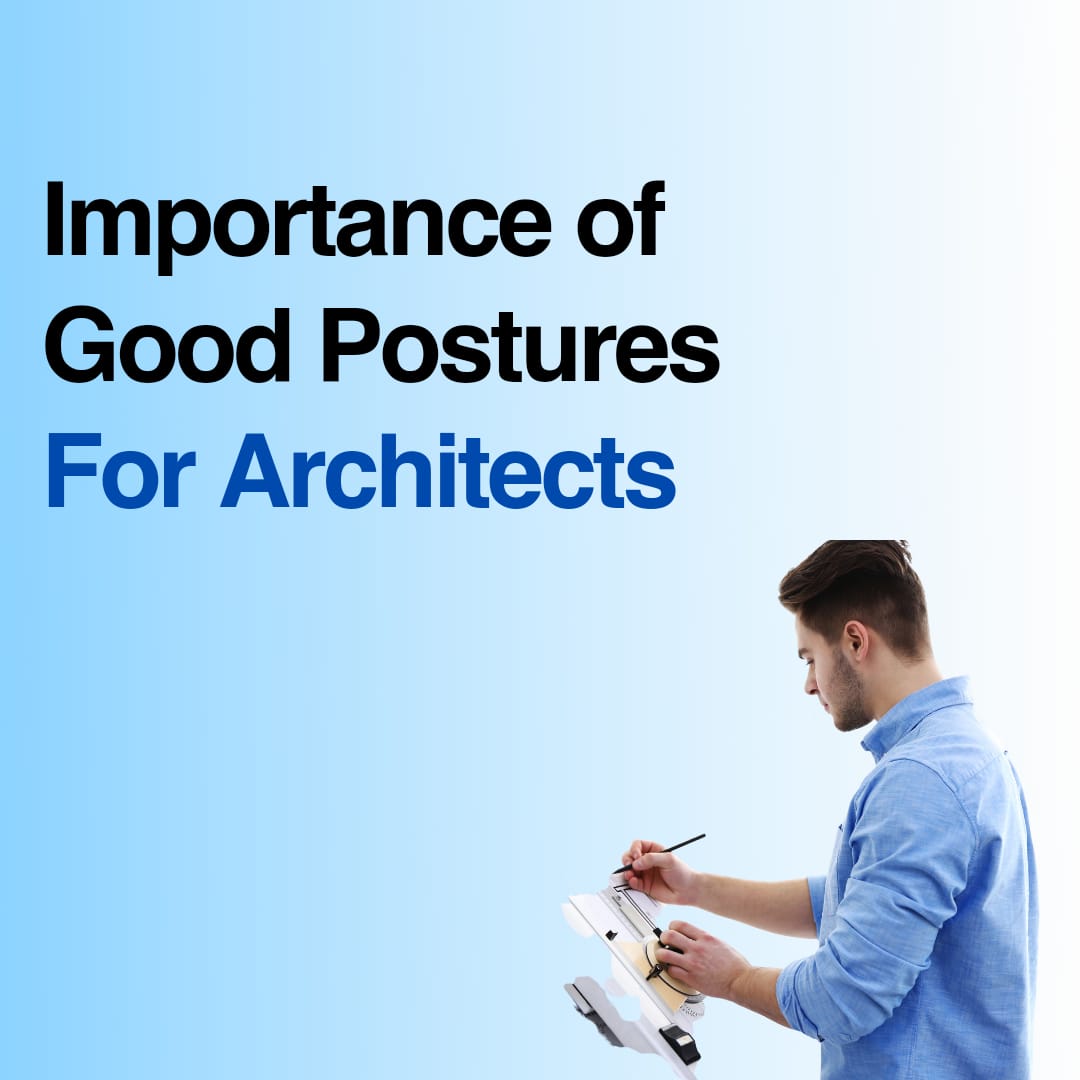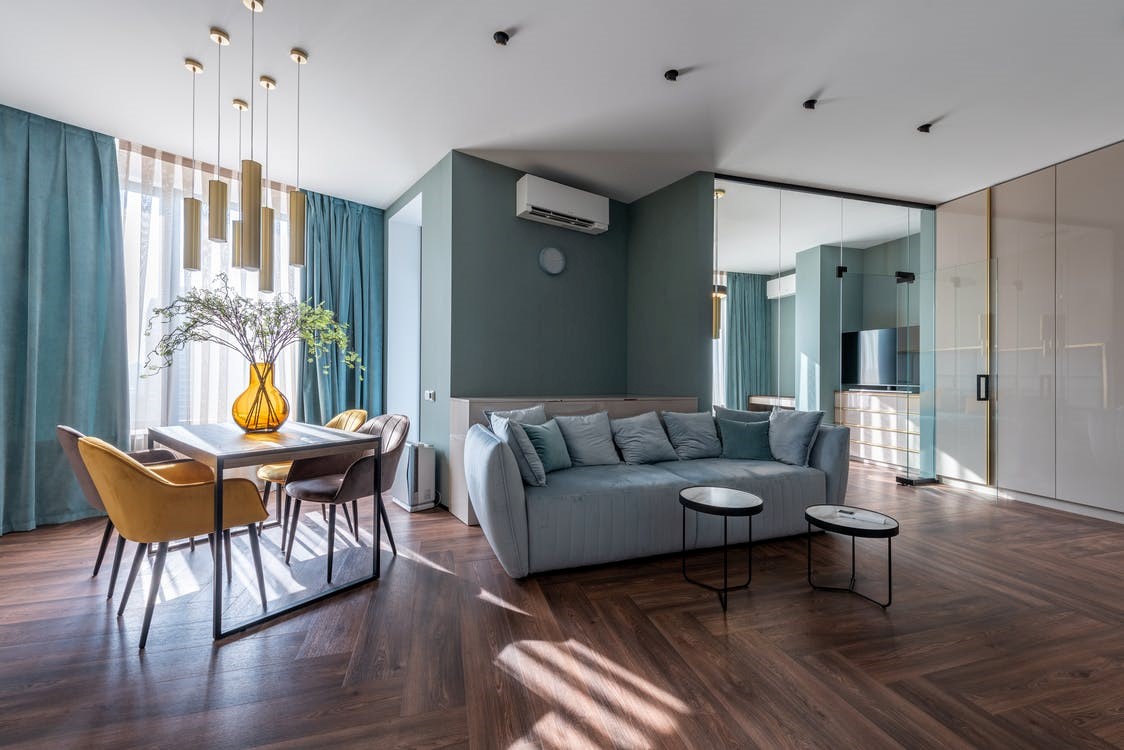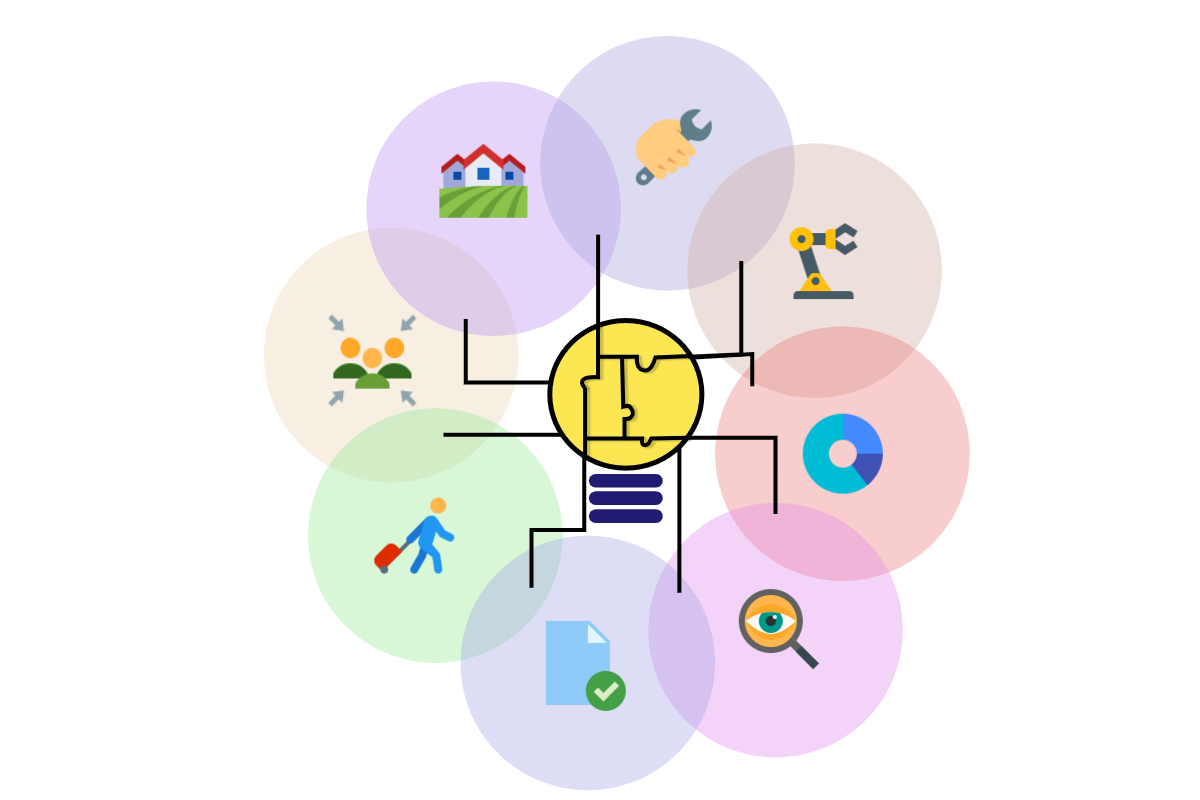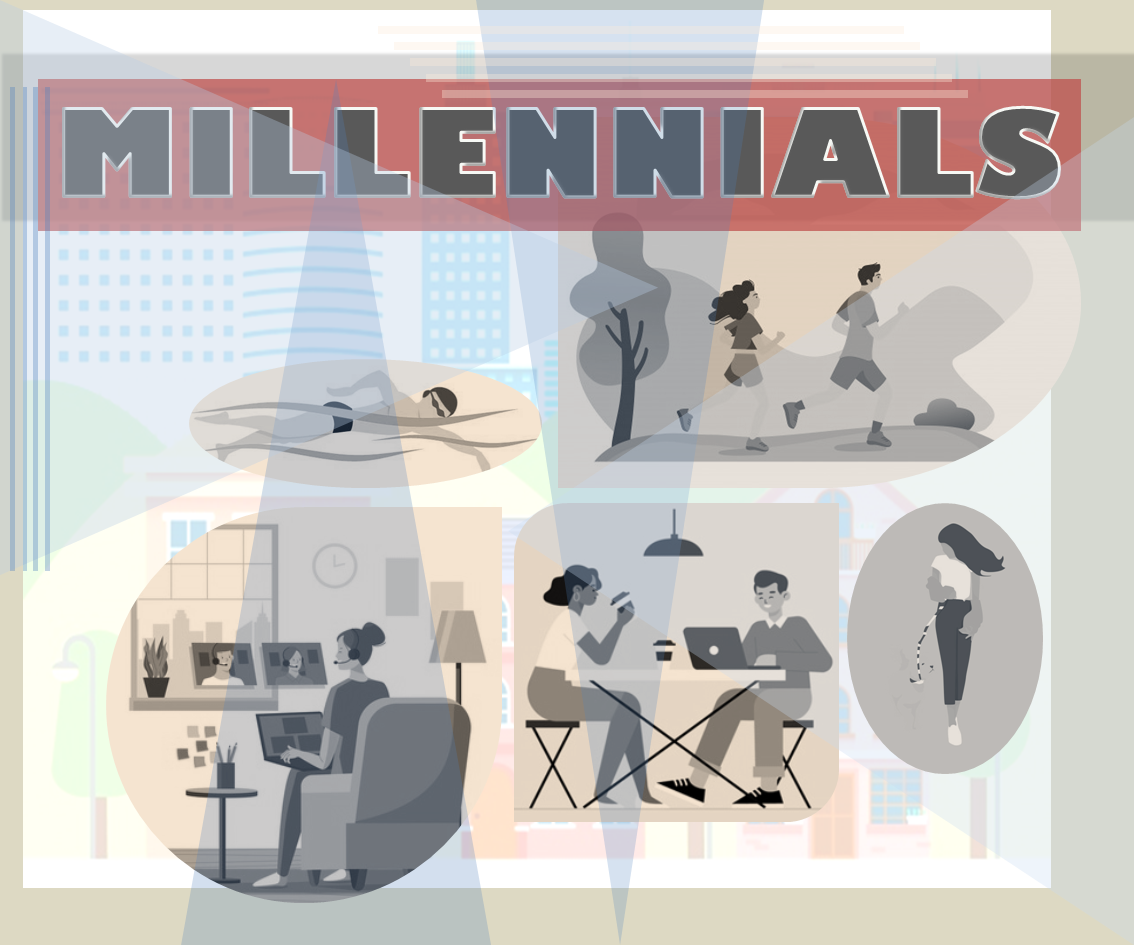
Gaming Can Make You a Better Architect
Gaming has become an integral part of 21st-century culture. Games ranging from 2D vector graphics to 3D hyper-realistic immersions characterize it. The genre selection is also vast, with the list including sandboxing, real-time strategy, shooters, role-playing, simulation, sports, puzzles, and action adventures. In what ways can this digital source of entertainment help architects improve their skills?
Architects design the built environment in the physical world. In the virtual world, gaming is the most extensive library of built environments. A natural connection can be drawn between architecture and video games. There are many things an architect can learn from this digital library. As architects who also enjoy gaming, here are some key skills we believe gameplay sharpens.
Storytelling
Architecture is an age-old art form of storytelling. Form, materials, and spatial quality create visual storytelling that builds an identity creating a point in a timeline of space and culture. Through the skill of storytelling, architects can create strong visual narratives that present us with stories of people, culture, time, and space. Users can experience ultra-sensory exchange with the built environment. As Bjarke Ingles puts it, "Architecture is the canvas for the stories of our lives"
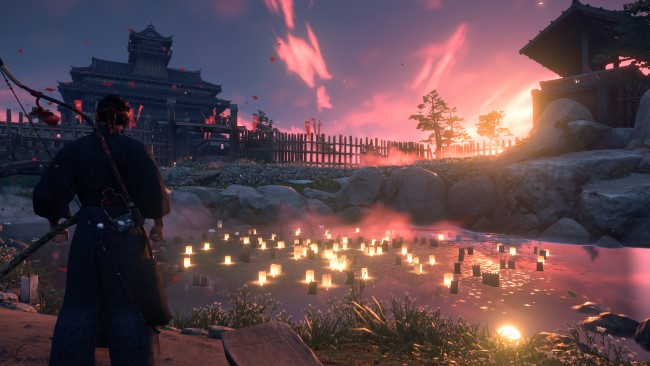
Stills from Ghost of Tsushima, credits:Gamereactor.uk
Immersive 3D games like Ghost of Tsushima, CyberPunk 2077, and God of War are excellent case studies to learn storytelling. There is a timeline and a cultural context for the creation of these games. By creating compelling visual narratives, they allow gamers to participate in storytelling first-hand. By playing these games, architects can gain immersion experience and learn to tell stories that are engaging and representative of time, space, and culture. Bringing digital narratives to the physical world can result in interesting exchanges. Architecture can serve as a bridge between digital and physical storytelling.
Strategic Thinking
To any architect, anticipating future development and planning for it is a key skill and that can be learned through various mediums. However, in gaming, SimCity is one of the best approaches to mastering that skill.
SimCity is a sandbox gaming interface. Sandbox games include open worlds, allowing gamers to build environments with a great degree of freedom. Some other popular games that fall in this category are Second life and GTA V.
SimCity is a simulation game where you create cities from scratch. Gameplay includes city zoning, revenue building, energy infrastructure, and employment avenues, as well as intercity relations. You can build different kinds of cities, whether it is a tourist-focused city like LA or an industrial city like Bengaluru.
A lot of the game's strategy is related to balancing factors such as population, economic growth, and sustainability. You can also study topographical and ecological maps of your city to strategically place energy infrastructure. Moreover, you can learn to balance out the harmful impacts of waste disposal by strategizing sustainably. These are just a few of the features.
As you build a city, you can see indicators that indicate how it is developing. By changing your strategy in response to those indicators, you can transform your strategy to match the direction it is headed. SimCity is a great simulator of urban planning in the real world. If you would like to master the skill of strategizing, download it today!

Stills from SimCity, credits: Google Play
Scale Perception
A perception of scale is a crucial concept when configuring a built environment. A scale is the relationship between two or more objects. In architecture, the relationship between humans and the built environment is the most crucial one. Human-scale is a term used to describe this relationship. To appreciate that relationship, architects must have a strong grasp of scale perception. As an architect, you will typically develop scale perception using photographs, videography, sketches, and physical models. However, there is a new alternative in the gaming world that can help in this regard.
Point of Views, or commonly abbreviated as POVs, in the gaming world is an amazing tool to help with scale perception. Apex Legends, ARMA 3, or Bio Mutant are some of the games that you can play to understand the relationship between humans and the built environment. The interface of these games allows you to immerse yourself with the freedom to explore. You can have the immersion experience through different POVs. These immersive experiences help you understand the human scale in real-time. Additionally, you can travel in different realities, timelines, and regions. These variations allow you to have adventures and experience a variety of spaces. Architects can gain a great degree of inspiration and perspective through these POVs.

Stills from BioMutant, credits: GamesRadar

Stills from ApexLegend, credits: ApexLegend
Enhanced Place Perceptions – Immersion at its apex:
Although, it is identified by several names, Related study program or RSP is an integrated part of architectural study. Visiting various places of architectural significance spanning from historical to cultural and technological in nature, helps in developing unique understanding about architecture. Traveling is encouraged in our field to see the marvellous wonders and architecture styles developed on the foundations of civilizations' wisdom. However, traveling is an expensive affair in terms of money as well as time. Not everyone can afford to roam the streets of Rome or scale the citadel of Machu Picchu. As mentioned above, once again video game as the ace of immersive experience comes to the rescue. Action-adventure Game franchises like Tomb raider and assassin's Creed are known for their historical themes and inclusion of explorable models of entire cities like Cairo (Egypt) and respective significant places such as pyramids of Giza. The core gameplay mechanic is usually based on a parkour action which allows the player to scale the walls of the building and explore its beauty in a way which is sometimes not possible even in reality. The medium of videogame differs from other visual mediums like movies and images on the bases of interactive nature. You can explore the place with your own pace and preferred point of view. Each visual sensory input you can take from the actual place, you can also take in the game. There is extensive list of games that gives access to various places of different eras along the span of history.
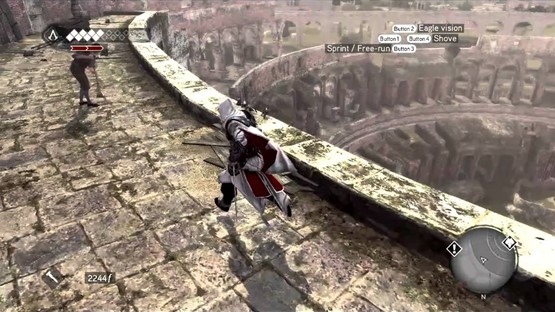
Still from Assassin’s creed Brotherhood. Source - awesomePCgames, Mar 20, 2011.
Because in Dreams, We Enter a World That is Entirely Our Own:
We discussed how videogames help to improve spatial perception and cognitive abilities. However, Imagination and inspiration plays vital role in creation of any piece of architecture which is art in itself. It comes in many forms, albeit dreams are a territory of human mind which even though, not fully explored or understood, they are accepted as origin of many great ideas. Lucid dreaming is ultimate immersive experience in which, a person can be aware of the dreaming state and control the surrounding spatial environment and events taking place in the dream. It helps in development of spatial cognitive skills due to its nature and impact on the brain. Although, various methods to induce the lucid dreaming such as external simulation and substance intake have reportedly resulted in sleep disruption, it is also observed by researchers at MacEwan University in Canada while conducting a study, that regular videogame players have reported more instances of experiencing Lucid dreaming along with other benefits such as improved focus without sleep disruption in most cases except that of the excessive usage.
Creativity
Often, architects feel creatively restricted by the physical limitations of the real world. However, there are many gaming platforms available that can help architects try out their wildest concepts. Minecraft, another sandbox gaming interface, can help you visualize your craziest idea. The gameplay is known for its sci-fi and "out of the world" built environments. Some of our favorite projects include wonder’s future and Ihou Kenchiku. Check out the images below!
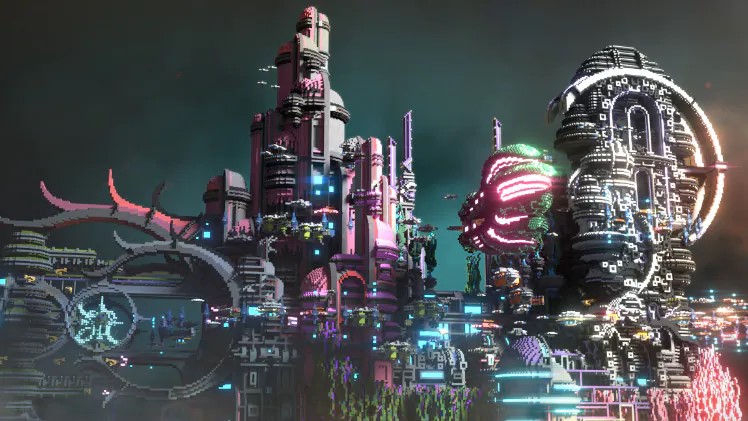
Ihou Kenchiku, credits: Minecraft.net

Wonder’s future, credits: Minecraft.net
Video Gaming has evolved greatly in the last couple of years, and this is just the beginning, they are here to stay. If you were a 90s kid, you probably have a nostalgic relationship with video games, but even if you don't, we highly recommend picking it up as a hobby. Not just us, but fellow gamer-architects recommend it as well. We went around in a discourse to ask some peers how gaming helps them be better architects; here's what they had to say:
“Base level games like board games and other strategy games help me enhance my memories and some like sudoku are recommended to be played in the morning commute to help sharpen your sleepy brain. As for fps (first person shooter/player) games, they help me in polishing my motor coordination skills due to their maze plan setup. On the flipside, open world games help me explore the creative side of my skills by nudging me to come up with novel solutions.” - Rahul Dodthi, Architect, Mumbai
“Video games make me a better designer because they not only require you to utilize creative problem-solving skills, but also improve your visual-spatial skills, and give you a better idea of distance and space. They also unlock creativity without the limitations of real-world scenarios.” - Devin Butler, Landscape Architect, USA
“Gaming environments improve understanding of space (for example when you play a simulation game, you plan considering a lot of aspects). Strategic thinking that you learn from sandbox games comes in very handy. I play a lot of COD sniper games; the respawning location layouts help in strategic thinking as well” - Prarthana Thakur, Architect, Mumbai
“Gaming helps in focus, and eye, mind and hand co-ordination! Design requires a great deal of both, gaming can help you finesse these skills” - Gaurav Panchal, Architect, USA
“Engagement with the design is in a way similar to as we engage ourselves in games… it makes you part of the game…a character who is growing with resources and skills acquired along the way…which we can incorporate into our design... giving the user control over what path they want to play in the design…”- Anirudh Nair, Architect, Mumbai
We hope this blog conveys that video gaming is more than a notorious time passing hobby. As a gamer you can greatly improve and sharpen professional skills. For designers and architects, this is one of the modern hobbies that compliments the profession greatly. We hope more architects and designers explore the platform and learn from it. Have fun gaming!
About Writers:
Saba Serkhel:
Saba is an architect-planner from Mumbai City. Currently, she is making a documentary that explores the water crisis in rural areas of Maharashtra. As a passion project, she also has a podcast, created with a friend. Their podcast discusses urban planning issues that are neglected in mainstream academic spaces, titled "Lettus Talk". She also makes comics exhibiting her work on the social handle @saba_serkhel. To present her thinking efficiently, Saba explores avenues of expression through various mediums. To reach her, write to serkhels@gmail.com
Jay Shah:
Part time procrastinator and full-time dreamer. Jay Shah is an architect pursuing post graduate degree in urban planning at Western Sydney University. He is also the Lead vocalist of Vidyanagar based band – ‘Beyond Things’. Books, strictly non-fiction reading except for detective novels; works of Neil Gaiman; Arthur C. Clarke; (Alright, his taste is all over the place), and videogames are few of his interest other than study and appreciation of built & natural environment and community. He aims to be a researcher in the field of building sustainability and community engagement, or maybe open a music café. Who knows?

